The rapidly spreading and highly virulent Enterovirus 71 (EV71) strain is dominating and is one of the causes of the increase in hand, foot and mouth disease in the South.
On June 23, at an online meeting of the Ministry of Health with 20 southern provinces on dengue fever and hand, foot and mouth disease prevention, Dr. Nguyen Vu Thuong (Deputy Director of Pasteur Institute, Ho Chi Minh City) said that the region recorded 7 child deaths, of which 5 were caused by the EV71 strain, the rest have not yet had test results. In the same period last year, the South recorded two deaths due to the disease.
Previously, the Pasteur Institute in Ho Chi Minh City discovered that EV71 had "reappeared" since April, after nearly two years of not being detected. The rate of EV71 infection is gradually dominating in test samples of severe cases. This virus strain causes severe illness in infected people, with a higher risk of death than other agents.
"EV71 is expected to dominate in the coming time," said Mr. Thuong, adding that this strain was also the cause of major epidemics in 2011 and 2018, in a cycle every few years.
In addition to the reappearance of the dangerous virus strain, Dr. Thuong said that the epidemic is increasing rapidly and could become complicated because hand, foot and mouth disease often occurs in preschool children under 5 years old while this group is still attending summer school. The disease is often transmitted through the digestive tract among children living in the same house and in the same kindergarten. When the number of cases increases, it will lead to a number of severe patients, according to the law of infectious diseases.
In addition, another cause of increased severity and mortality is that some places do not clearly classify the disease, affecting timely assessment and treatment. This also negatively affects the risk of severe progression as well as timely referral. In particular, children infected with the EV71 strain have a certain rate of neurological manifestations such as encephalitis, making treatment difficult.
Finally, according to Mr. Thuong, about 80% of adults with hand, foot and mouth disease do not show symptoms, which is the main source of infection for children, making it difficult to prevent. Meanwhile, high population density, cramped living conditions, frequent travel, poor sanitation, lack of clean water for daily activities, and the hot and humid climate of the South also create conditions for the disease to spread.
To date, the South has recorded more than 9,000 cases of hand, foot and mouth disease, lower than the same period last year, but the number of cases has increased since the end of April. For example, in Can Tho, the Children's Hospital (which receives children in the Mekong Delta) treated nearly 400 cases of hand, foot and mouth disease in the first two weeks of June. In May, the number of cases was 490, an increase of 140% compared to April. The same situation occurred in Ca Mau, An Giang, Kien Giang ...
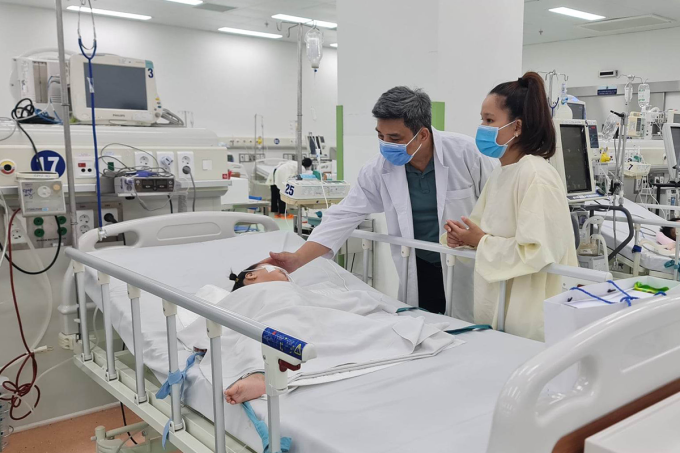
Children with severe hand, foot and mouth disease need intensive care at Children's Hospital 1 (HCMC), June 22. Photo: Le Phuong
In the context of the complicated developments of the epidemic, Director of the Department of Preventive Medicine Phan Trong Lan requested that localities need to strengthen training, improve disease prevention and treatment capacity as well as monitor and analyze the epidemic situation, and have timely solutions.
"Particular attention should be paid to training private clinics in early detection and treatment of cases, because some facilities have not paid attention to this disease in order to diagnose it promptly, thereby providing early treatment to limit complications and deaths," said Mr. Lan.
In addition to ensuring equipment, chemicals, and medicines for treatment, it is necessary to communicate early signs of the disease to the community and schools. The Pasteur Institute of Ho Chi Minh City and the southern health sector continue to monitor laboratories to warn and deploy timely and effective prevention measures.
There is no vaccine for hand, foot and mouth disease, so the effective and simple way to prevent the disease is to ensure three clean things, including clean food, clean living space, clean hands and clean toys. Wash your hands regularly with soap under running water many times a day, especially before and after preparing food, feeding, holding children, after changing diapers and cleaning children.
As soon as you detect signs of sore throat, rash, blisters on the palms, feet, buttocks, knees, you need to take your child to a medical facility for timely examination and treatment. Sick children need to be absent from school for at least 10 days from the onset.
Le Phuong
Source link



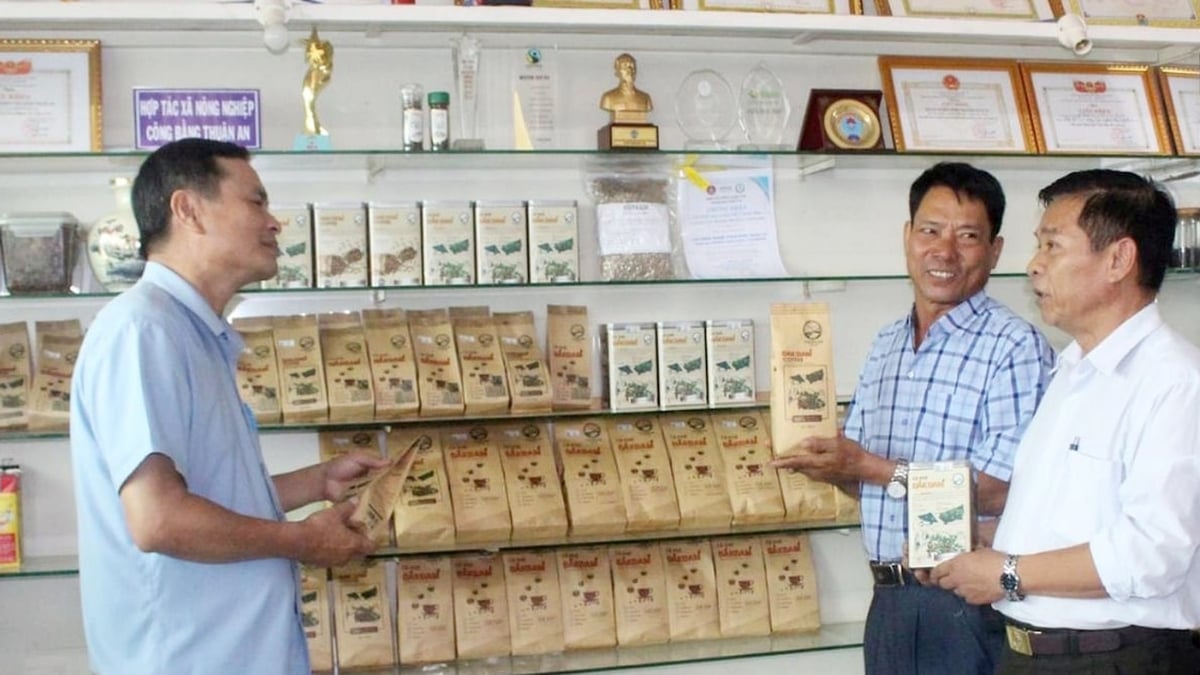
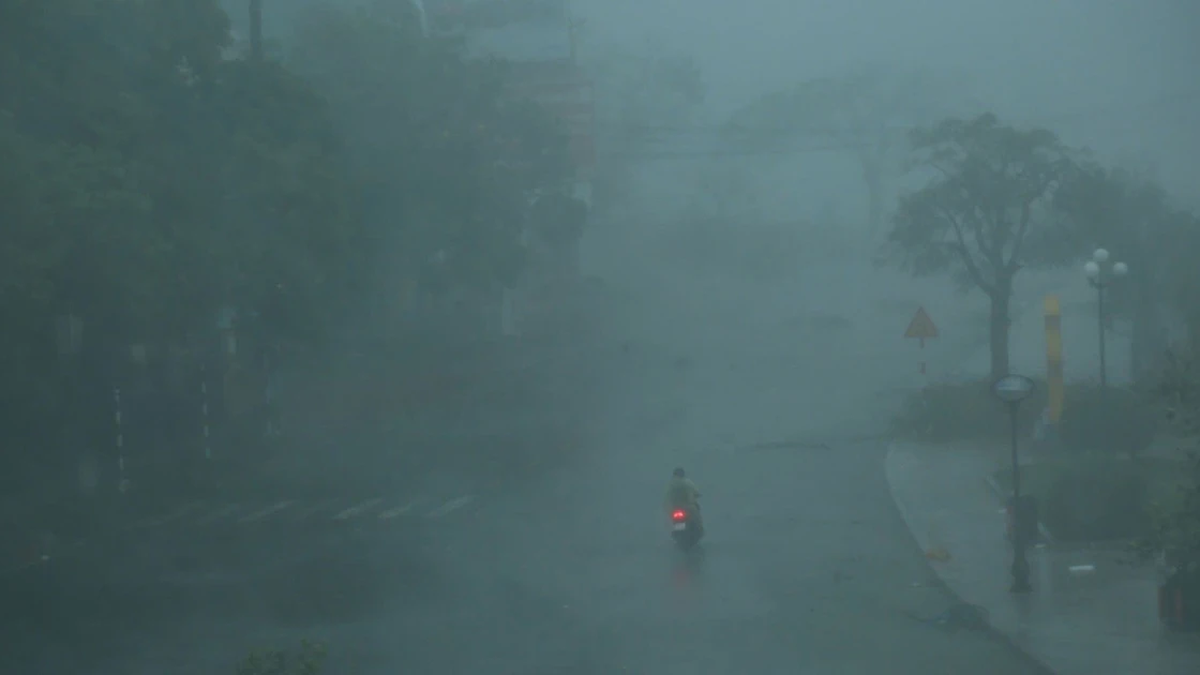

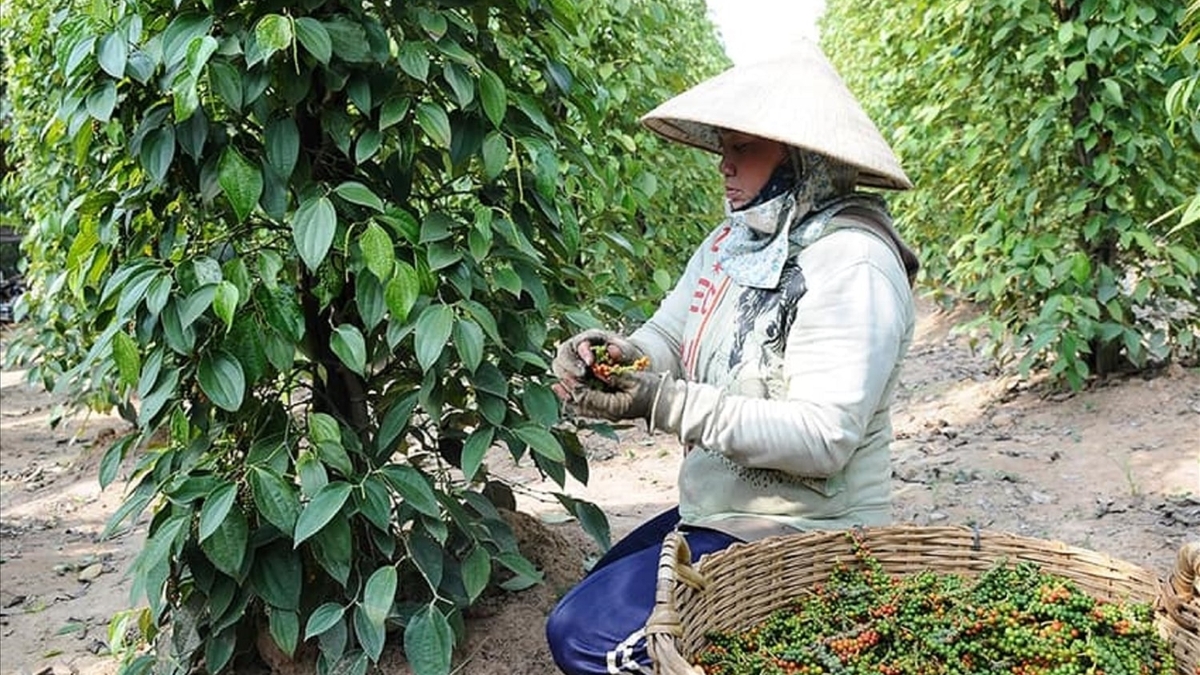
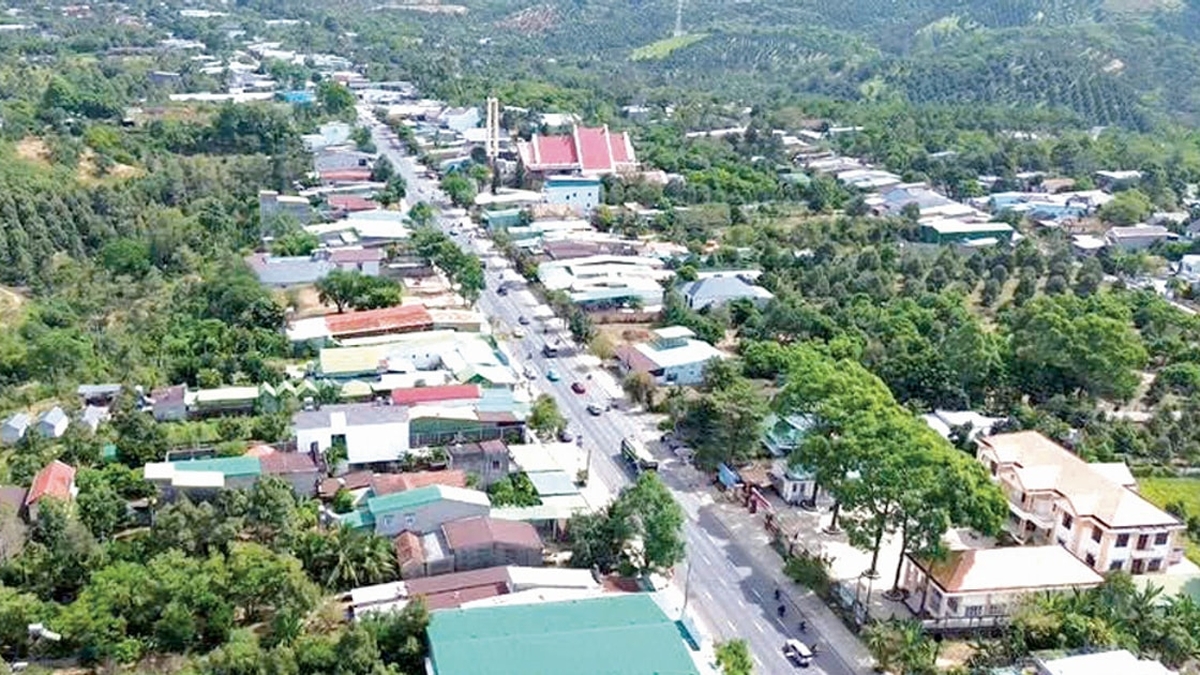
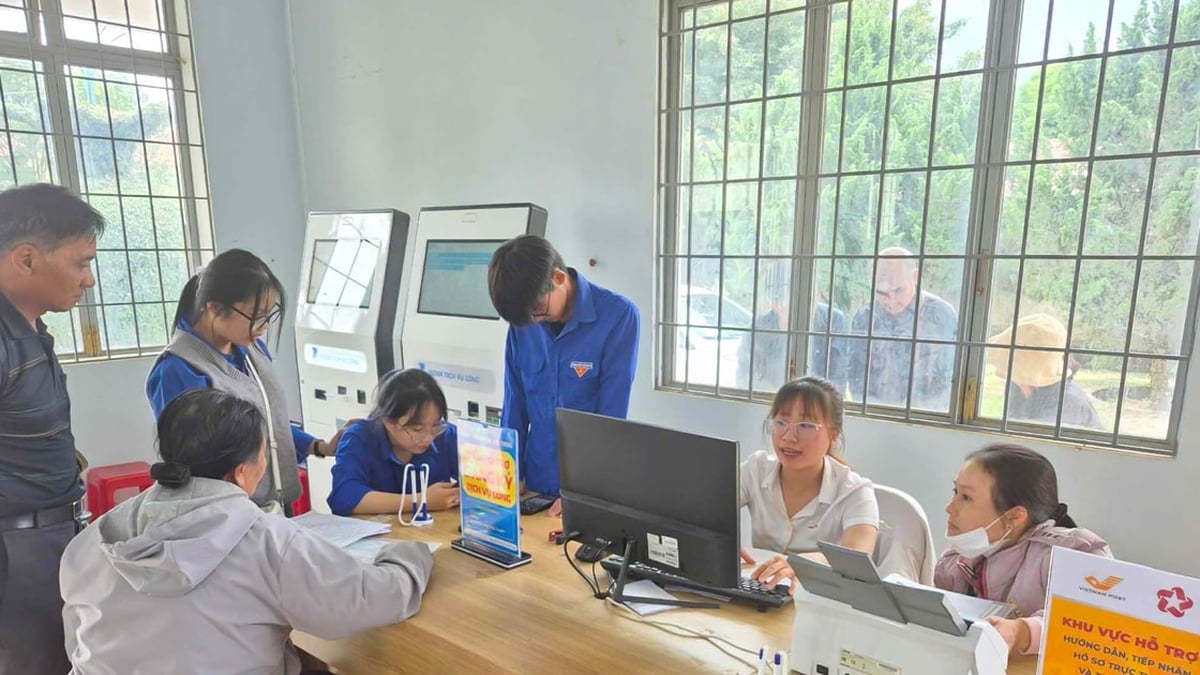





















![[Photo] National Assembly Chairman Tran Thanh Man visits Vietnamese Heroic Mother Ta Thi Tran](https://vphoto.vietnam.vn/thumb/1200x675/vietnam/resource/IMAGE/2025/7/20/765c0bd057dd44ad83ab89fe0255b783)







































































Comment (0)